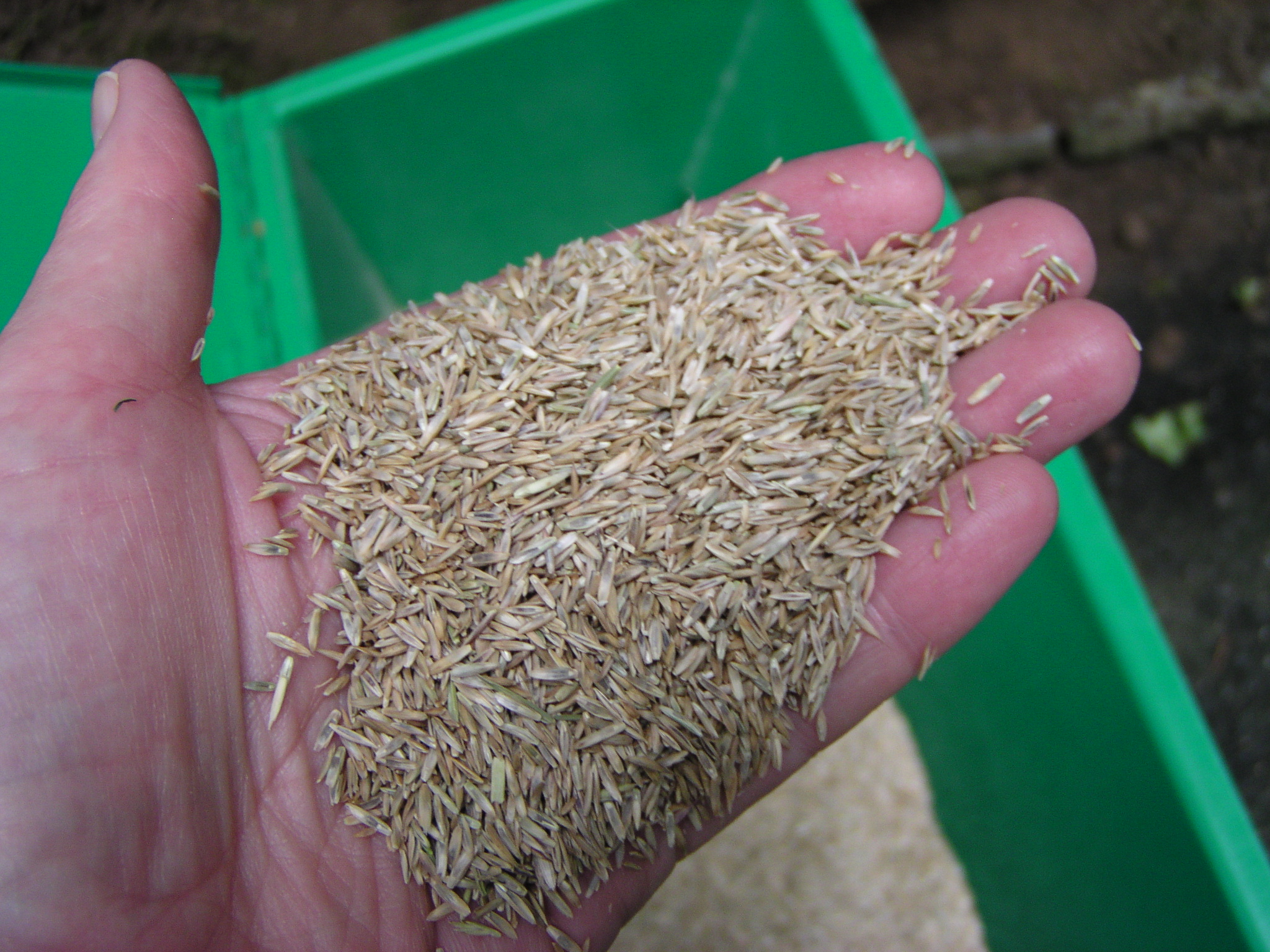
It’s Time for Lawn Renovation
It has been a tough dry, summer for Long Island lawns. No thanks to Mother Nature with providing needed rain! And if you haven’t been watering, or watering enough, brown has been the predominant summer color of lawns and landscapes. And not a moment too soon, it’s time to tackle lawn renovation. Late summer/early fall is the best time to establish a new lawn on Long Island.
Why renovate now?
We grow cool season grasses on Long Island – perennial ryes, tall fescues, & bluegrasses. These grass types establish and thrive during warm days & cool nights – typical of fall on LI. Most years, we enjoy an extended fall, allowing for the lawn to establish before the snow flies. Usually, we have adequate rainfall for new lawns to establish (that does not mean you do not have to water). And, thankfully, there’s less competition from weeds like crabgrass and dandelions. Truth – lawns that are seeded in spring face the stresses of crabgrass and other weeds, insects, diseases, & LI’s hot, humid summer weather (like we have just struggled through), making it difficult for them to establish and thrive.
Prepping
Grass does not grow and thrive on hard, compacted soil. If you want decent results, you must put in the effort. Any existing grass and/or weeds should be removed. Start by cutting low or scalping it. Use a non-selective weedkiller (read and follow label directions) to accomplish this or rent a sod cutter to remove the grass and weeds. Once the area has been cleared of all dead grass and/or weeds, turn over the bare soil, mix in any needed organic matter (compost or composted manure) to improve heavy clay soils, lime if a pH test indicates, and grade the soil of any remaining debris and stones before seeding. Even if you decide to sod and not seed, it is still important to properly prepare the area.
Seeding
Always buy quality grass seed and buy more than you need (should you need to overseed in the spring, it will all be the same grasses). Check the label for last sale date and grass seed types/varieties. And for best results, match the seed to the site – sunny areas require sunny mixes of quality grass seed. Avoid using one type of grass seed; mixes are preferred. Use a starter fertilizer to give germinating seed a needed boost. And when you seed, split the amount needed in half and apply in two different directions to allow for better distribution. Lightly rake the seed so it is barely covered by the soil. Lightly water immediately after seeding.
Watering
If you do not have an automatic irrigation system, make sure that you have a water source – sprinkler and hose – nearby. Newly seeded lawns need regular moisture (that means watering several times daily if it is hot and dry) so the seed can germinate and grow. You cannot depend on Mother Nature to provide water when your lawn needs it. That’s your job!
Mowing
Newly seeded lawns should be mowed when the new grass reaches a height of three”. Expect that to be several weeks or more after seeding. Keep lawn mower blades sharp so you cut, not tear, delicate grass blades. Once you begin to mow, do so regularly if the grass is still growing, likely to Thanksgiving.
